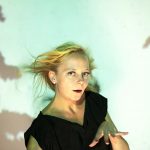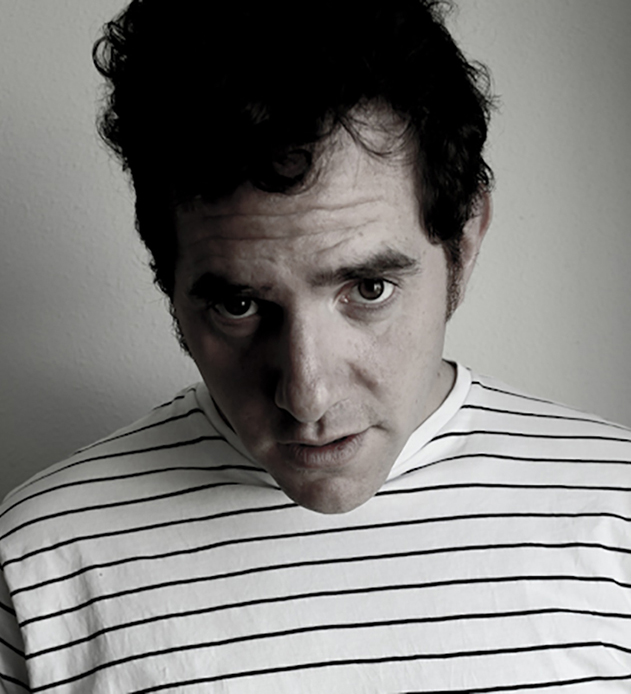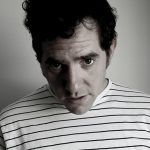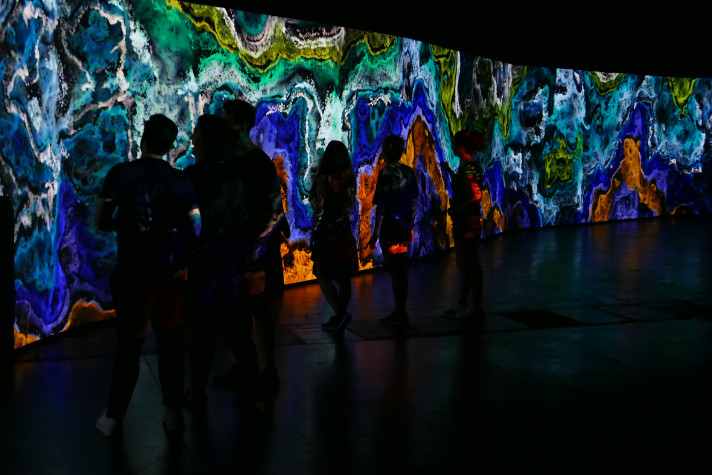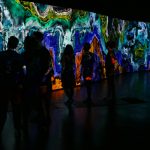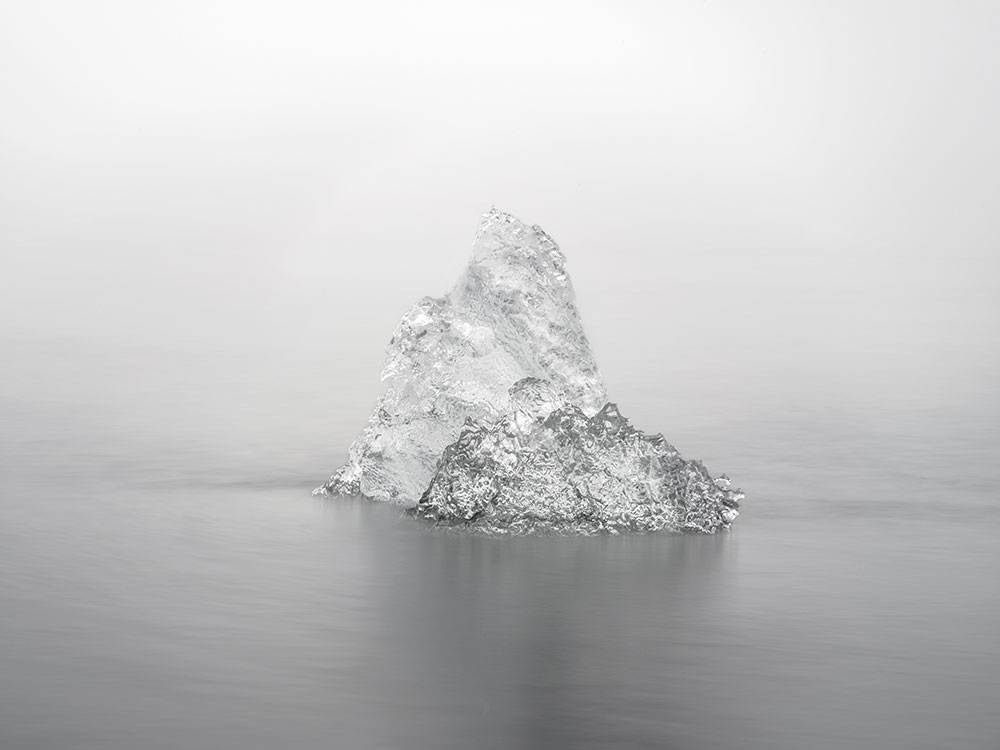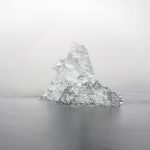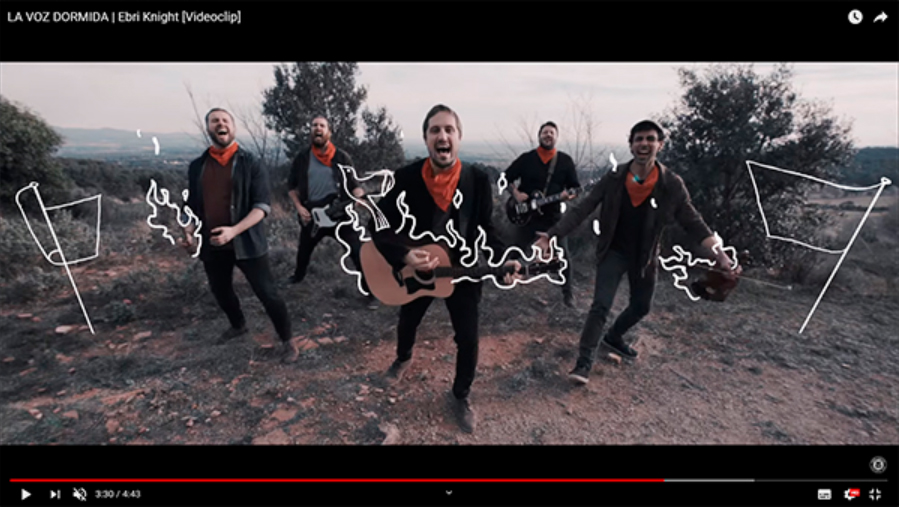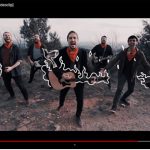Every year, thousands of photographers submit their photographs to be considered for the World Press Photo competition. Divided into 8 categories including Contemporary Issues, People, and Nature, this year’s event (10th Nov – 11th Dec 2016) saw the highest number of applicants ever recorded. With over 82,951 images submitted, the jury had a difficult task of selecting the images that best represented the predetermined categories, while keeping to the newly updated code of ethics that each photo has to follow. This ensures the authenticity of each photo and ensures the image displayed is reality – untempered.
The World Press Photo Foundation – along with the competition – was formed in 1955 by Dutch photographers who wanted to create a platform for themselves and their colleagues. Keeping in this tradition, the World Press Photo group has continued to spearhead this drive towards international collaboration, education, and communication between photographers and audiences alike. The organisation’s willingness to make the field open to anyone with something to say is reflected in various initiatives which aim to connect talent to wider audiences, media outlets, and provide worldwide exposure. Focus has been driven from Europe and the US for example, and opened the way for African and South American photographers to showcase their work.

In its 15th year, the Barcelona exhibition is one of the most highly attended of the venues who display this work. Exhibited within the Contemporary Culture Centre in Barcelona, the photos line the walls of a vaulted area of the building. Dim lighting creates emphasis on the photographs, each of them highlighted with spotlights that make the eye focus on the image and nothing else.
The first image visitors see is the winner of World Press Photo of the Year. The caption underneath reads (in part): “A baby is handed through a hole in a razor wire barrier, to a Syrian refugee who has already managed to cross the border from Serbia into Hungary, near Röszke”. The image is striking: printed in black and white, the slight jitter visible in the undefined elements of the image emphasises the panic and urgency of the moment captured. A first time entrant, Warren Richardson’s previous experience as a paparazzi came in handy; his quick reflexes and knowledge of the camera’s ability to function in the dark enabled him to capture a moment that tells an important story. One that is sadly shared by hundreds of thousands of men, women, and children who are tangled in the immigration crisis.

A large section of the exhibition sees photographs that explore the issue of immigration and conflict in the middle east. A reflection of contemporary concerns and pressing issues, this section of the exhibition is striking. The plain display only accents the terror often depicted, something the organisation hopes will be a good educational tool. Walking past this section and images showing injured children and victims of conflict feels painful, but necessary; especially in a world where media can be highly censored and tweaked. Guided tours for students are offered and encouraged within this exhibition, as Lars Boering (the executive director of WPF) emphasises. This award is not solely a recognition of outstanding work, but it is a tool by which the public can hopefully be reached and informed. The relevance of photojournalism is now bigger than ever, and the World Press Photo Foundation aims to give a voice both to international photographers, and consequently the people depicted in the images. The emphasis is clearly made not on sensationalism, but rather on the message and necessity to acknowledge the pictured event(s).
Other sections offer respite from the sometimes difficult and draining issues tackled. Sports and nature display wonderful images of wildlife and sporting competitions, many made possible with the help of recent technology advancements such as GoPro cameras.
The result of this rather dramatic contrast in subject matter makes a strong comment as to the importance of photojournalism, in all its forms. It juxtaposes beauty and ugliness, wonder and terror, and it makes a strong point for acknowledging it all.

Article by Alexandra Constantine
“ Hi TIME Magazine, hi Pulitzer Prize/ Vulture stalked white piped lie forever” Kevin Carter, Manic Street Preachers (1996)


